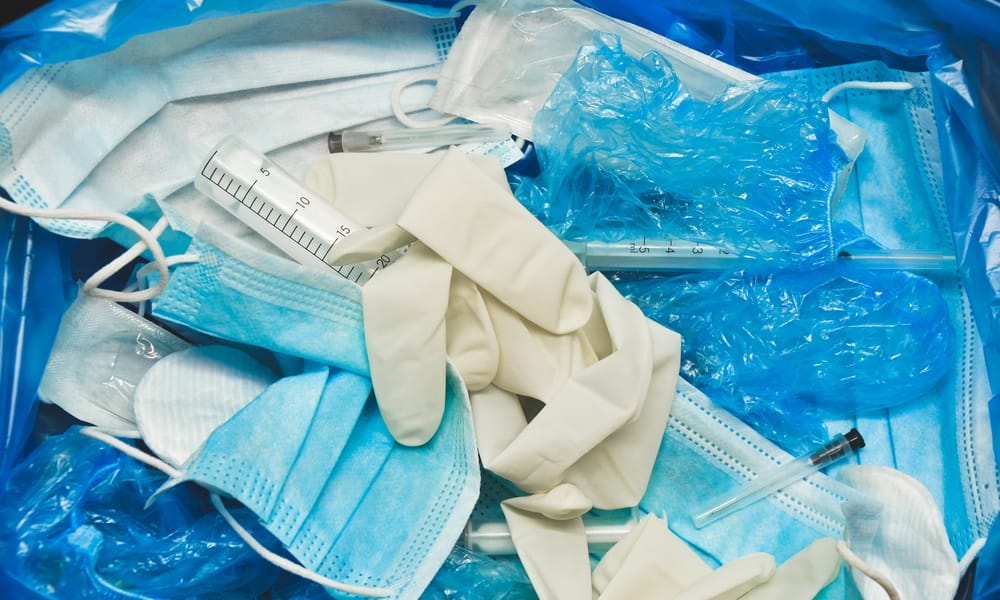Proper medical waste management protects public health and maintains environmental safety. Healthcare facilities, from large hospitals to small clinics, produce various types of waste, each requiring specific handling protocols. Mismanagement leads to regulatory fines, health hazards, and damage to a facility’s reputation.
Understanding the common mistakes in medical waste disposal helps organizations refine their processes and uphold compliance standards.
1. Improper Waste Segregation
One of the most frequent errors involves mixing different types of waste. Medical waste falls into several categories, including sharps, pathological, pharmaceutical, and general waste. Each category has unique disposal requirements. For example, placing a used needle in a general trash bin rather than a designated sharps container poses a serious risk of injury and infection to janitorial staff and waste handlers.
To avoid this, facilities should implement a clear color-coding system for waste containers:
- Red bags for biohazardous materials.
- Yellow containers for chemotherapy waste.
- Black containers for hazardous pharmaceutical waste.
- Puncture-resistant containers for sharps.
Training staff to correctly identify and sort waste at the point of generation is foundational to a compliant program.
2. Incorrect Labeling and Documentation
Accurate labeling and documentation ensure a clear chain of custody for medical waste, preventing compliance issues. Missing biohazard symbols or incorrect shipping labels can cause rejected shipments and penalties.
Each container must clearly display information about its contents, origin, and associated hazards. Proper documentation demonstrates that a facility complies with all state and federal regulations.
3. Insufficient Staff Training
A facility’s waste management program is only as effective as the people who execute it. When staff members lack proper training on disposal protocols, mistakes become inevitable. This includes everyone from clinical staff who generate the waste to the environmental services team who handle its collection and storage.
Without ongoing education, employees may forget correct procedures or fail to adapt to updated regulations. Regular training sessions should cover waste identification, segregation, handling, and emergency procedures.
4. Poor Handling of Pharmaceutical Waste
Pharmaceutical waste presents complex disposal challenges. Many facilities incorrectly flush expired medications down the drain or discard them in general trash, which can contaminate water supplies and harm wildlife. Some pharmaceuticals are classified as hazardous waste under the Resource Conservation and Recovery Act (RCRA) and require specific disposal methods.
The risks of not utilizing lab pack services for managing various chemical and pharmaceutical wastes are significant, leading to safety hazards and legal consequences. Partnering with a certified waste management provider that offers lab packing can streamline the disposal of these materials.
5. Inadequate Storage of Medical Waste
Medical waste cannot accumulate indefinitely. Facilities must store it in a secure, designated area with limited access while awaiting pickup. A common mistake is leaving waste containers in unsecured locations, like public hallways or utility closets, where they pose a risk to patients and staff.
Storage areas should also be properly ventilated and protected from the elements. Federal and state regulations dictate the maximum time waste can be stored on-site, so a consistent pickup schedule with a licensed hauler is necessary for compliance.
Upholding Waste Management Standards
Avoiding common mistakes in medical waste disposal is fundamental to running a safe and compliant healthcare operation. By focusing on correct segregation, labeling, training, and storage, facilities can protect their employees, the community, and the environment. A proactive approach to waste management reduces risks and reinforces an organization’s commitment to public health.








